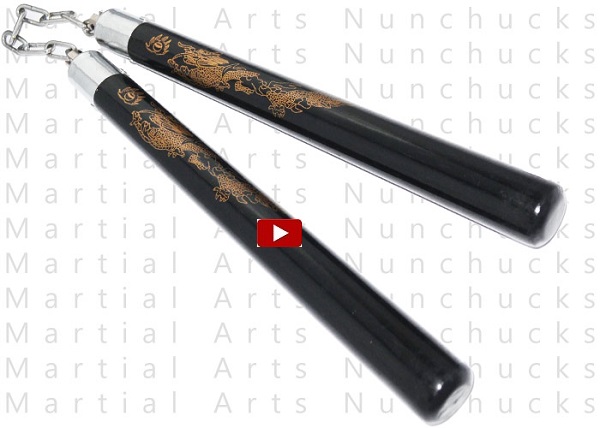Why Martial Arts Weapons Had Been So Popular

VIDEO: The Hidden Agenda of The Real Fight
The Iron Age began in Europe in 700 B.C. and China in 600 B.C., yet the Chinese perfected the art of forging cast-iron weapons 1000 years before the Europeans. No culture in martial arts history has created more diverse martial arts weapons than China.
The study of martial arts weapons offers a window into the past. The legends and folklore surrounding a weapon’s history, as well as the difficulty involved in mastering it, all add to the weapon’s mystique.
Martial arts weapons also can define a person’s martial way. For example, the sword is regarded as a weapon of bravery and justice; a symbol of war; military skill and honor.
Blunt Weapons
One way to distinguish different kinds of martial arts weapons is by using the two-group system, edged (bladed) and blunt weapons (nonbladed). If the weapon doesn’t have a cutting edge for slicing or a sharpened point for puncturing, chances are it’s a blunt weapon.
Blunt weapons cause damage by bludgeoning, clubbing or stunning.
The father of all weapons is the staff (aka guin, quarterstaff, pole, cudgel, bo and stick). Every culture has developed some version of the staff, and it’s one of the four basic martial arts weapons. As such, it’s spawned many other weapons.
Common martial arts blunt weapons that aren’t practice replica weapons of edged weapons include the bench, Buddha hand, club (nunchaku, three-sectional staff, truncheon), crutch (tonfa, cane), fan, gold coin spade, hammer, hard nine-section whip and iron ring.
Edged Weapons
Although classic martial arts weapons are traditionally placed into five categories (see Martial Arts Weapons), there’s also a two-group system used to distinguish weapons: blunt (nonbladed) and edged (bladed).
If the weapon has a sharpened edge for cutting, slicing, slashing or a sharpened point for stabbing, thrusting or puncturing, it’s probably an edged weapon. Common martial arts edged weapons include spears, maces, clubs, halberds, axes, forks, farm tools, picks and the endless variety of daggers, knives and swords that exotically paint the martial arts landscape.
Although blunt weapons are effective, it’s the edged weapons that historically have garnished the respect and awe of the masses. Practitioners of edged weapons can slice, stab, cut, puncture and dice their opponents with blood-spewing efficiency, and they can do so with more finesse and less effort than fighters with similarly sized and weighted blunt weapons.
Projectile Weapons
One of the five major martial arts weapon categories (see subcategory Martial Arts Weapons) are the projectile weapons. They are also sometimes known as hidden weapons because of how they would often be concealed on a person before being thrown.
The most well-known projectile is the knife, whether it was used in entertainment, sport or combat. The Japanese projectile shuriken (ninja-throwing stars) also has received a lot of notoriety in the West because of its popularity in film and television in the 1980s.
A weakness of projectile weapons is that if the thrower misses the target, he is now weaponless. Generally, warriors carried a backup edged or blunt weapon to use after throwing their projectile. However, some practitioners would attach the projectile to a chain or rope in order to retract it after it was thrown. This is a martial arts weaponry skill in itself.
Commonly used martial arts projectile weapons include darts, flying locust stones, bow and arrows, sleeve swords, wolf-teeth hammers, nine-section whip, double-flying claws, dragon-head stick, flying weights, meteor balls, rope javelins or rope darts, and throwing axes.
Source : http://www.blackbeltmag.com/category/daily/martial-arts-weapons/?topicid=9332





